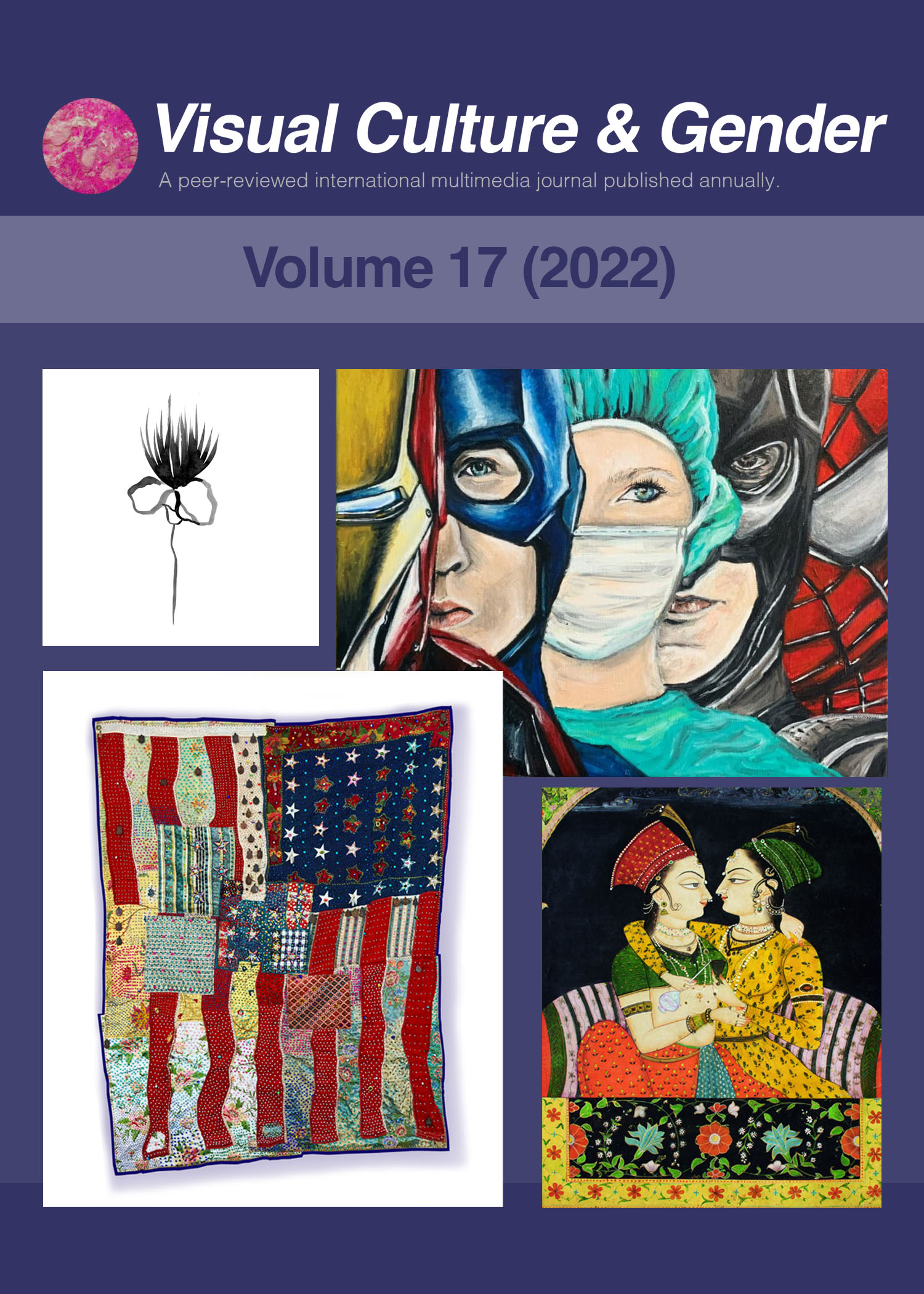Queer Labors: Female Intimacy, Homoeroticism, and Cross-dressing in Mughal Courtly Paintings
Keywords:
Indian Art, women, lovers, Awadh, Rajput, Deccan, haremAbstract
Right-wing religious groups in India routinely claim that homosexuality is “alien to Indian culture” and persecute queer-women despite the legal decriminalization of homosexuality. This article contributes to the growing scholarship exploring same-sex love and gender fluidity in South Asian history before British colonial legislation criminalized homosexuality and transvestism.1 While historians have uncovered a rich literary and poetic history of South Asian homoeroticism, there has hardly been any scholarly attention to visual sources, particularly of female homoeroticism. This article uses an unexplored archive of Mughal-style paintings—mainly from the 18th-century Awadh, Rajput, and Deccan courts—to provide a visual history of female intimacy, homoeroticism, and cross-dressing in South Asia, and the courtly patronage of queer female love. I argue that labor—sexual, domestic, and care labor—provides a useful lens to analyze the Mughal paintings of female intimacy, as the courtly idealization of female homoeroticism usually involved hierarchical mistress-maid relationships.


